If you’ve ever heard someone mention a “palmetto bug,” you might wonder how it compares to a regular cockroach. Here’s the truth: palmetto bug vs cockroach isn’t really a comparison at all because they’re the same pest. The term “palmetto bug” is simply a regional nickname, mostly used in the Southeast, for what’s actually an American cockroach.
After working with pest control issues across the DC metro area for four years, I’ve noticed that homeowners who moved here from the Southeast often call American cockroaches “palmetto bugs.” This nickname can actually create confusion when it comes to proper identification and control methods.
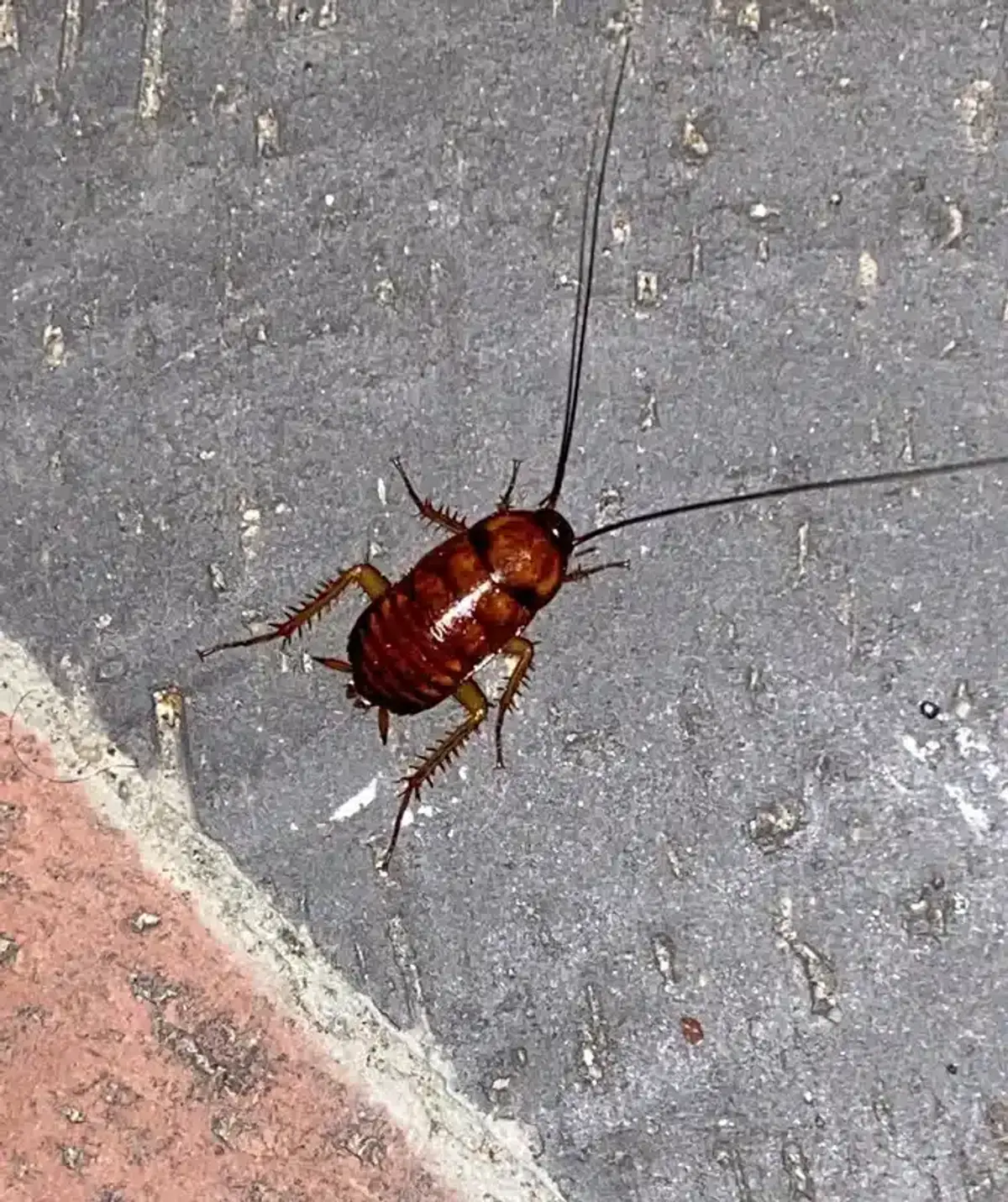
What Exactly Is a Palmetto Bug?
A palmetto bug is simply another name for an American cockroach (Periplaneta americana). The nickname comes from these insects’ habit of hiding under palmetto palm leaves in the Southeast. When temperatures drop or they need shelter, they’d drop from palm crowns, startling early settlers who coined the term.
The name also served as a genteel euphemism. Instead of admitting they had “cockroaches,” Southern homeowners could say they had “palmetto bugs”—which sounded much less concerning to guests and neighbors.
Key Fact
When pest control professionals encounter “palmetto bugs,” they’re treating American cockroaches—the same species with identical control methods and health risks. The regional nickname doesn’t change the pest’s biology or behavior.
In my experience treating homes across Virginia, Maryland, and DC, German, Oriental, and American roaches are all common. When customers use the term “palmetto bug,” they’re almost always referring to the large American cockroaches we find in basements and crawl spaces.
Regional Usage of the Palmetto Bug Name
The term “palmetto bug” is most commonly used across the coastal Southeast, including South Carolina, Georgia, Florida, Alabama, Mississippi, and Louisiana. However, you’ll still hear it in Mid-Atlantic port cities like Norfolk, Baltimore, and DC, especially from residents who relocated from the South.
According to the University of Florida, in over 90% of cases when people say “palmetto bug,” they’re referring to American cockroaches. The nickname has become so embedded in Southern culture that some newspaper style guides still recognize it as acceptable terminology.
What does the science say?
According to University of Florida entomology research, American cockroaches (Periplaneta americana) are found throughout the United States but earned regional nicknames based on local habitats. Their studies show that 90%+ of “palmetto bug” reports actually refer to American cockroaches, confirming the direct correlation between these terms in pest identification.
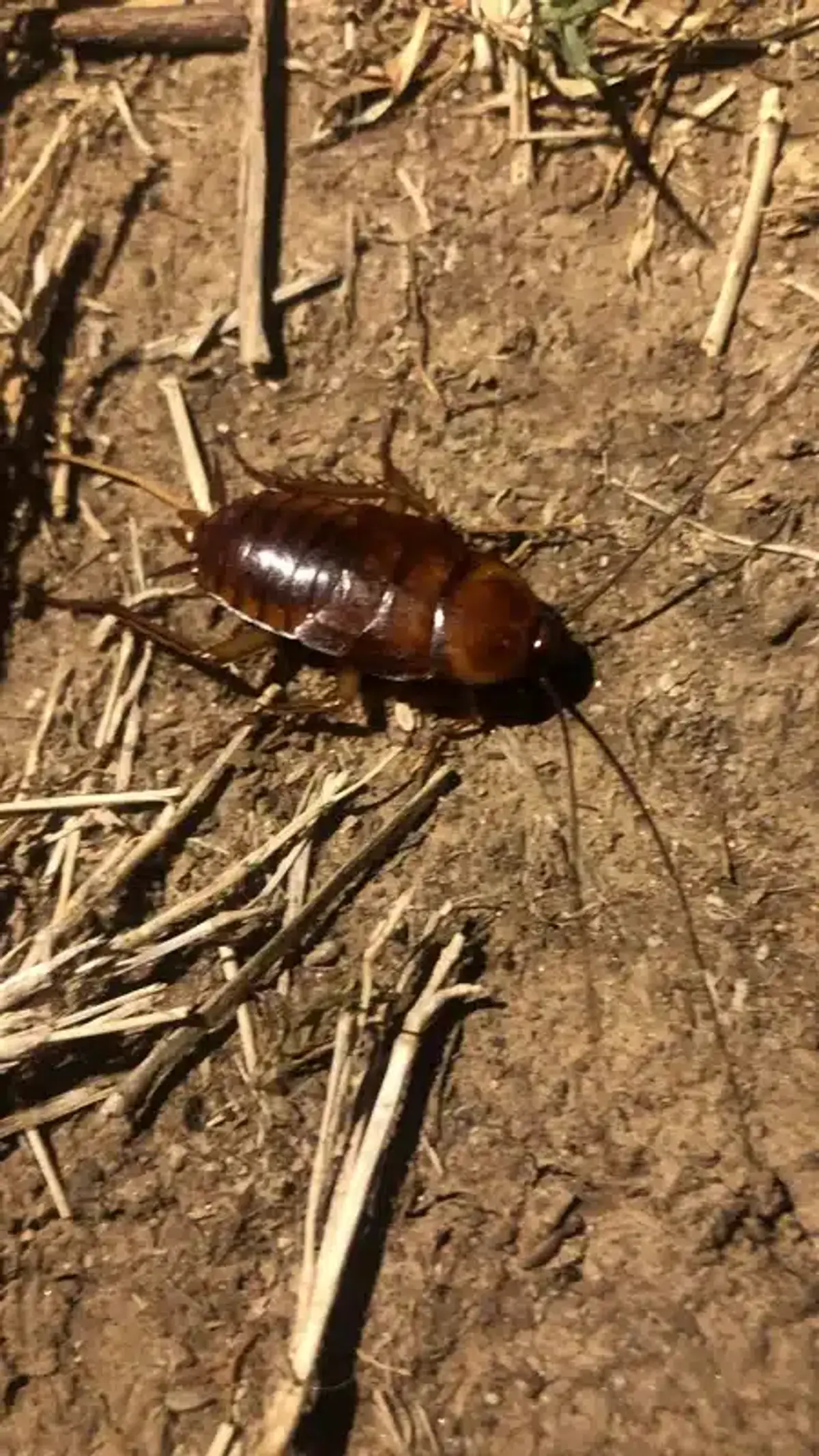
Understanding Palmetto Bug Physical Characteristics
American cockroaches—whether you call them palmetto bugs or not—are the largest cockroaches you’ll typically find in homes. Adults measure about 1½ inches long with a distinctive reddish-brown color and pale yellow margins on their back section.
Both male and female American cockroaches have fully developed wings and can fly short distances, especially when temperatures exceed 82°F. This flying ability often surprises homeowners who aren’t expecting such a large insect to take to the air.
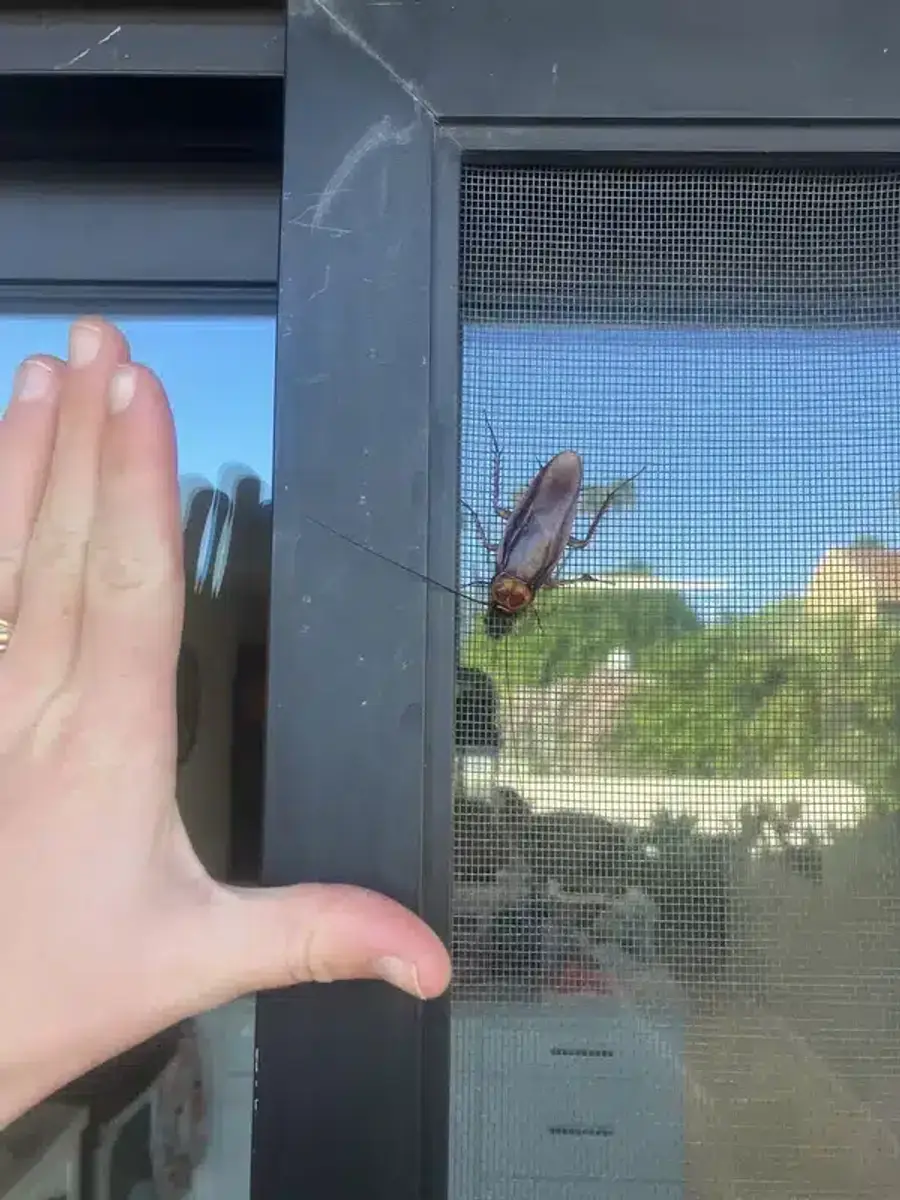
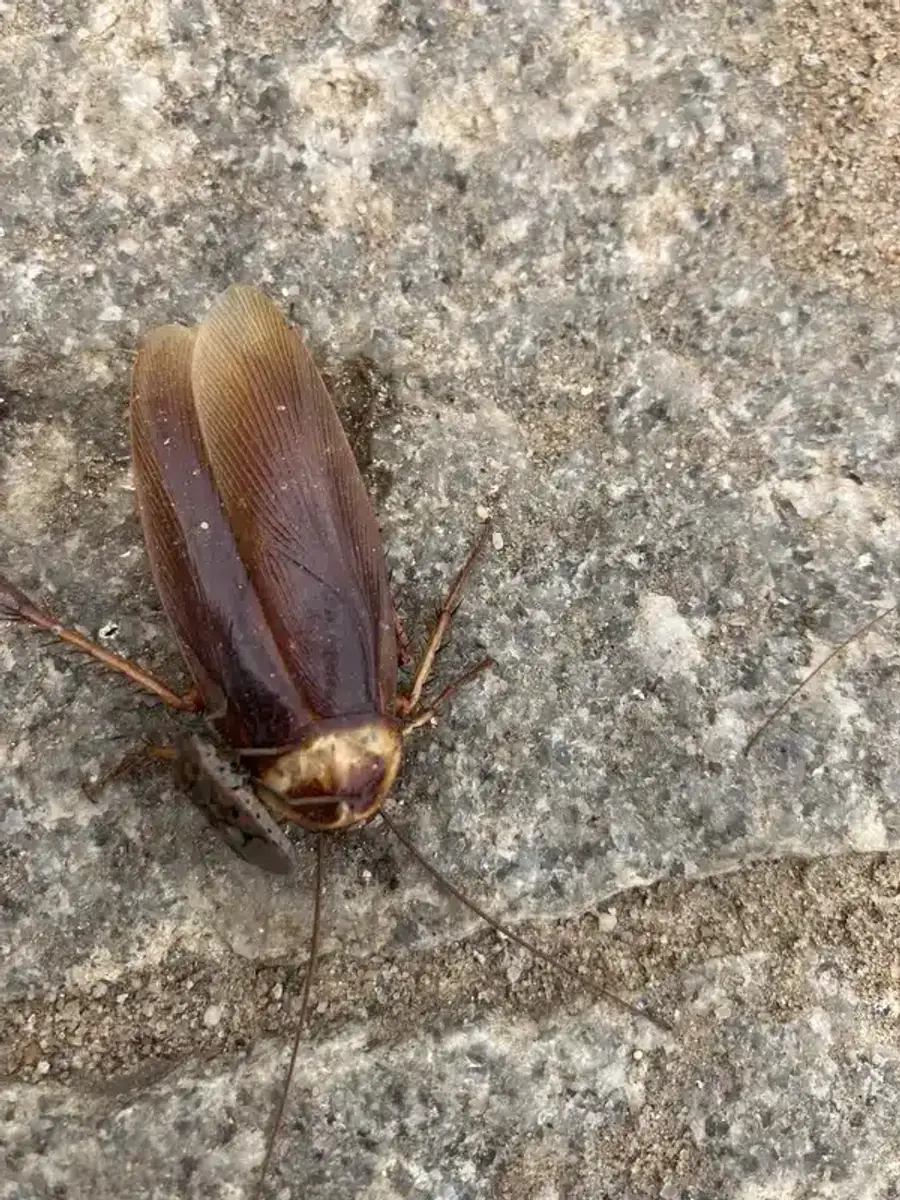
Other Cockroaches Called Palmetto Bugs
While American cockroaches are the most common insects called palmetto bugs, the nickname sometimes gets applied to other large roach species. This creates additional confusion when trying to identify and treat pest problems.
Smokybrown Cockroaches
Smokybrown cockroaches are uniformly mahogany-colored and slightly smaller than American cockroaches. They’re excellent fliers and prefer outdoor environments with high humidity. In the DC metro area, these are less common than American cockroaches because they don’t tolerate cold as well.
Oriental Cockroaches
Sometimes called “water bugs” in our area, Oriental cockroaches are black, shorter-winged, and cold-tolerant. While some Georgia residents occasionally call them palmetto bugs, this usage is much less common.
Florida Woods Cockroaches
These bulky, flightless cockroaches are confined to the Deep South and can reach up to 1¾ inches. They produce a defensive odor when threatened, which distinguishes them from true American cockroaches.
Palmetto Bug Habitat and Behavior
Understanding where palmetto bugs live helps explain why the comparison between palmetto bug vs cockroach doesn’t make sense - they share identical habitat preferences because they’re the same species.
Outdoors, American cockroaches thrive in mulch, woodpiles, tree holes, and yes - palm crowns where they originally earned their nickname. They prefer temperatures between 82-91°F and humidity levels above 70%.

Inside homes, they gravitate toward basements, crawl spaces, and areas around floor drains. In the DC metro area, I frequently find them near boiler rooms and in steam tunnels where they can survive harsh winters.
These insects enter homes through plumbing connections, exterior gaps, and foundation cracks - especially after heavy rainfall or during cold snaps when they seek warmer conditions indoors.
Cockroach Health Risks and Pest Concerns
Regardless of whether someone calls them palmetto bugs or cockroaches, the health risks are identical. The University of Florida research has identified over 22 human pathogens that can be isolated from American cockroaches, including Salmonella, Shigella, and E. histolytica.
Perhaps more concerning for many families is the allergen issue. American cockroaches are potent indoor allergen sources through their body fragments, saliva, and droppings. The CDC reports that approximately 36% of inner-city children with asthma show sensitivity to cockroach allergens.
These allergen particles settle in bedding and become airborne again during activities like vacuuming. This is why even a single “palmetto bug” can create ongoing health concerns for sensitive individuals.
Health Protection Tips
- Allergen Control: Use HEPA vacuum filters and wash bedding in hot water (130°F+) weekly
- Food Safety: Store all food in sealed containers and clean kitchen surfaces nightly
- Sensitive Individuals: Consider professional treatment immediately if anyone in the home has asthma or allergies
- Post-Treatment Care: Continue thorough cleaning for 2-3 weeks after pest elimination to remove allergen residue
How Pest Control Can Help With Proper Identification
The palmetto bug euphemism can actually harm effective pest control efforts. When homeowners think they have a “palmetto bug problem” instead of a “cockroach problem,” they may downplay the urgency or delay professional treatment.
I’ve seen cases where proper identification gets delayed because customers focus on regional nicknames rather than describing the actual pest characteristics. This matters because different cockroach species require different treatment approaches.
For example, if you tell me you saw something fly in your Baltimore basement in January, that’s likely not an American cockroach, even though that’s what most people mean by “palmetto bug.” Flight behavior is rare below 80°F, so we might be dealing with a different species entirely.
How to Get Rid of Palmetto Bugs: Effective Control Methods
Whether you call them palmetto bugs or American cockroaches, the control methods remain exactly the same. Our family business has been treating these pests in the DMV area for over 50 years, and the fundamentals haven’t changed.
How to Prevent Palmetto Bugs Through Exclusion
The first step involves sealing entry points around your home. We recommend fine-mesh screens over vents and basement drains, plus sealing gaps larger than 1.6mm with copper wool and silicone caulk.
Outdoors, keep mulch at least 30cm from your foundation and ensure gutters direct water at least one meter from exterior walls. These simple steps eliminate the moisture these insects need to survive.
Preventing Palmetto Bug Infestation Through Sanitation
Inside your home, store food in tight containers and clean up crumbs nightly. Fix any leaks promptly - American cockroaches need water every 3-7 days, so eliminating water sources is crucial.
In basements and crawl spaces, consider using dehumidifiers to reduce the high humidity levels that attract these pests.
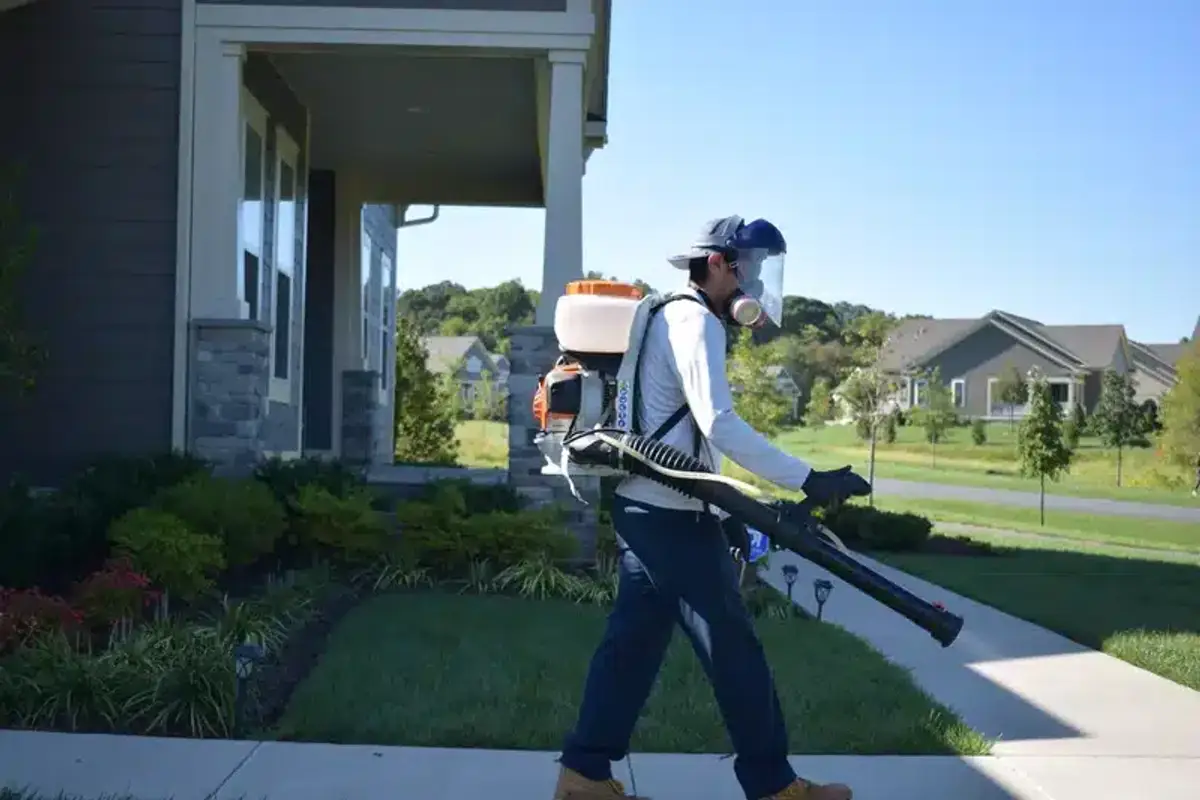
Professional Pest Control Treatment Options
For established infestations, professional treatment typically involves both interior and exterior applications. We target cracks, crevices, and baseboards with non-repellent materials that eliminate the colony over time.
Boric acid applications work well in dry areas like wall voids, while gel baits placed between water sources and harborage areas help eliminate populations systematically.
The key is addressing both the immediate problem and the underlying conditions that attracted them in the first place. Simply spraying visible insects won’t solve a palmetto bug problem long-term.
Treatment Reality
American cockroaches can live 30+ days without food but only 3-7 days without water. Effective control focuses on eliminating moisture sources and treating harborage areas, not just killing visible insects.
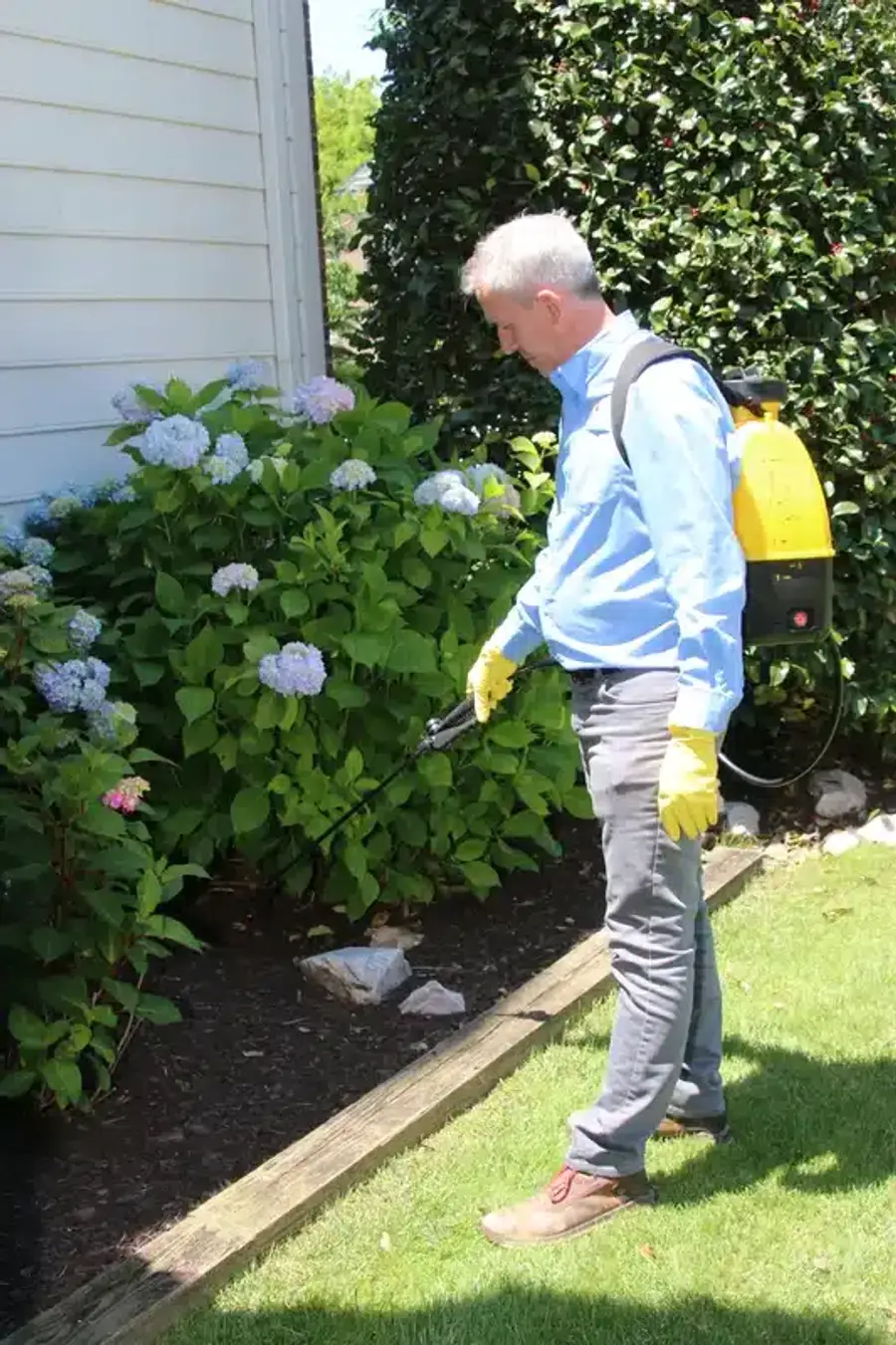
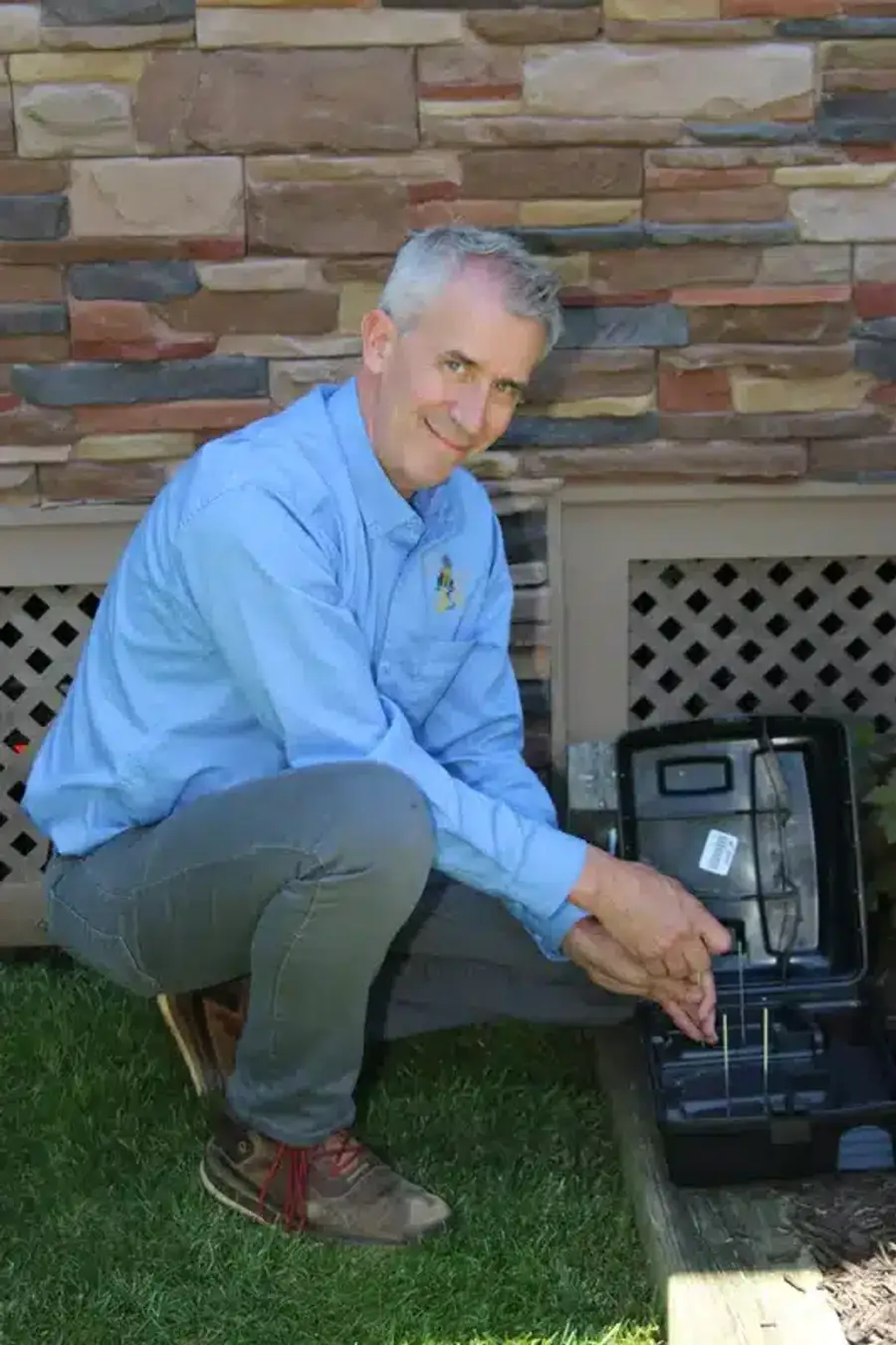
Why Proper Pest Identification Matters for Control
The bottom line with palmetto bug vs cockroach comparisons is that proper pest identification drives everything else. The risks and control methods don’t change based on what nickname someone uses.
In my experience, the most effective treatments start with accurate identification of the actual species involved. A German cockroach problem requires completely different strategies than an American cockroach issue.
Visual identification or specimen collection beats regional nicknames every time. When customers can describe size, color, behavior, and location details, we can develop targeted treatment plans that actually work.
Professional Help for Palmetto Bug Issues
Whether you call them palmetto bugs or American cockroaches, these pests require professional attention for effective long-term control. Our registered technicians have the experience to properly identify the species and develop customized treatment plans.
We’ve removed 9 of the industry’s harshest chemicals from our standard programs, choosing alternatives like Essentria and Alpine that we’d feel comfortable using in our own homes. Every treatment comes with our unlimited callback promise - we’ll keep returning until the problem is solved.
If you’re dealing with large reddish-brown cockroaches in your home, don’t let regional nicknames delay proper treatment. The sooner we can identify and address the problem, the faster we can get your home back to being pest-free.
Frequently Asked Questions
Are palmetto bugs and cockroaches the same thing?
+
Yes, palmetto bugs and cockroaches are the same pest. "Palmetto bug" is just a regional nickname, primarily used in the Southeast, for American cockroaches. The comparison between palmetto bug vs cockroach isn't really valid since they're identical species with the same risks and treatment needs.
Why are they called palmetto bugs?
+
The nickname comes from these cockroaches' habit of hiding under palmetto palm fronds in the Southeast. Early settlers noticed them dropping from palm crowns at night. The term also served as a genteel euphemism that sounded less alarming than saying "cockroach."
Do palmetto bugs carry diseases?
+
Yes, since palmetto bugs are American cockroaches, they carry the same health risks. Researchers have identified over 22 human pathogens that can be found on these insects, including Salmonella and Shigella. They're also significant allergen sources that can trigger asthma symptoms.
Can palmetto bugs fly?
+
Yes, both male and female American cockroaches (palmetto bugs) have fully developed wings and can fly short distances, especially when temperatures exceed 82°F. However, in the DC metro area, flight is less common during cooler months.
Are palmetto bugs only found in the Southeast?
+
No, American cockroaches (palmetto bugs) are found throughout the United States. The nickname is mainly used in the Southeast, but the same species thrives in Mid-Atlantic cities like DC, Baltimore, and Norfolk, often living in steam tunnels and sewer systems.
How do I get rid of palmetto bugs?
+
Effective control involves exclusion (sealing entry points), moisture reduction, sanitation, and professional treatment with baits and targeted applications. Since these are large cockroaches, treatment focuses on basements, crawl spaces, and exterior harborage areas rather than just kitchen applications.
What's the difference between palmetto bugs and German cockroaches?
+
Palmetto bugs (American cockroaches) are much larger at 1½ inches, reddish-brown, and typically found in basements or crawl spaces. German cockroaches are smaller at ½ inch, light brown with two dark stripes, and usually found in kitchens and bathrooms. They require different treatment approaches.
Do all large cockroaches get called palmetto bugs?
+
While American cockroaches are most commonly called palmetto bugs, some people use the nickname for other large roach species like smokybrown cockroaches or Oriental cockroaches. This is why proper identification based on appearance and behavior is more reliable than regional nicknames.
With five years of hands-on experience in the pest control industry, George Schulz is a registered technician with the Virginia Pest Management Association and a proud third-generation professional in a family business that's been protecting homes for over 57 years. He manages and trains a team of service pros while also leading internal research efforts—recently spearheading a deep-dive review of thousands of documents on pest control materials to hand-pick the most kid and pet friendly, most effective solutions tailored specifically for homes in the DC metro area.
